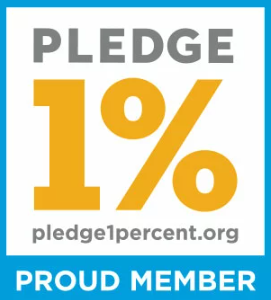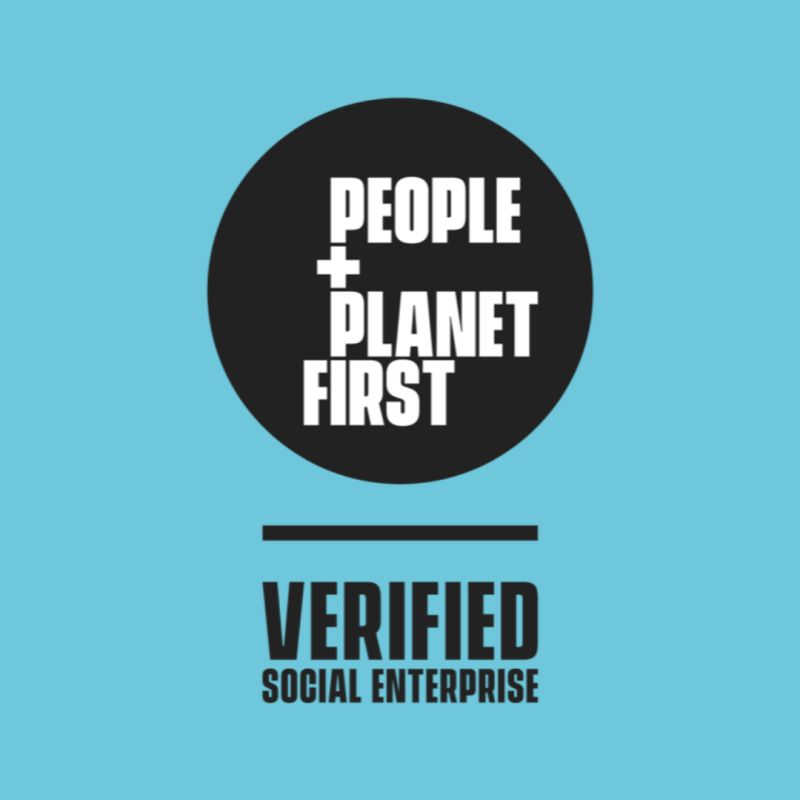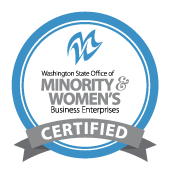
Right now, many investors and social impact incubators assume social enterprises, conscious companies, and mission-driven startups need outside funding. The question of when and how to fund each enterprise drives the existing paradigm that assumes all conscious businesses need or want outside funding.
Within this assumption, the main question is often whether or not a social enterprise is ready for funding. But are we asking the right question — do all social enterprises actually need outside funding to begin with?
To answer this question, let’s turn to the largest, most-overlooked sector in business — the microbusiness.
The Forgotten Microbusiness: A Game Changer for Wealth Creation
According to the U.S. Census Bureau, a staggering 92 percent of U.S. businesses are microbusinesses — defined as a business with one to five employees, counting the owner.
Despite this vast majority, many investors assume that all startups want to be the next household brand. Therefore, funding is required to build and hire the right team to eventually exit the business with a sale, acquisition, or initial public offering, and 10x the investor’s return. This is where the current funding paradigm falls short.
Microbusinesses (which studies show are mostly comprised of young people, women, and/or minorities) often don’t want to exit. They may not even want a team. They want the income and freedom that allows them to spend time with their family or travel. They are far away from the typical startup founder spending hours and hours hustling to make the next do-or-die round of funding.
What’s Possible Inside this Missed Opportunity
As a business coach who works with conscious, mission-driven microbusinesses and solopreneurs, my market research shows that the vast majority of microbusinesses aren’t built with an exit strategy in mind. Instead, these microbusiness owners are building what’s sometimes referred to as a “lifestyle business.” Their end goal is more freedom to be with their family and friends, enjoy their favorite hobby, travel, and give back.
The current funding paradigm isn’t designed for this. You would never see an investor put their money on a microbusiness that plans to stay a microbusiness. They would assume there was no potential for growth. But this is untrue.
Many microbusinesses are, in fact, making anywhere from $10,000 to $200,000 per month with zero employees and just a handful of contractors. Most of them were self-funded. No, they aren’t trust fund babies, or former Microsoft employees who had their stocks go public. They were people with no money, perhaps even living off credit cards, who were able to build successful businesses without outside funding.
Why the Current Funding-Focused Model of Business Growth Is Broken
Having been an Office Hours Mentor for Social Enterprise Alliance and the current Chair for Social Enterprise Alliance, Washington state, I have been surprised to find how many entrepreneurs lack basic business fundamentals. Even when they secure funding from winning a contest or an incubator, they often lose that money because of poor decisions, due to a lack of business skills or inadequate market research. For example, one social enterprise secured $50,000 in government funding, then found there was no market and their model wouldn’t work, after spending all the money. Another social enterprise secured $60,000 and was featured on several major news outlets. The owner confided to me that even before their launch, they ran out of money by hiring expensive professionals for branding and are almost through their savings.
Funding alone is not the answer. Investing money in a business concept that has yet to be tested, or in hiring a team to 10x scale growth quickly doesn’t address the underlying issue. When the owners of the business lack business fundamentals that cause them to make basic mistakes in market research, sales, hiring, or negotiating deals, you must address the source of the failure.
A New Model for Entrepreneurial Success
The solution to these issues is to invest in the growth of the entrepreneur, not the growth of the business. This can be accomplished by building proven, scaleable business accelerators — created by experienced, successful entrepreneurs with demonstrated, repeatable results from their students.
Accelerator programs range from six weeks up to a year, averaging around eight- to ten-weeks. Quality, trusted accelerator beginner programs cost anywhere from $997-$1970 per entrepreneur. Advanced accelerators can cost anywhere from $2500-$15,000. Instead of being funded by investors, these programs are typically paid for by the entrepreneurs themselves, using credit cards, short-term personal loans, or bootstrap funding generated by early paying customers. Accelerator formats include online training, local, in-person training, group coaching by phone or video conference, or a hybrid of all three. Each accelerator typically focuses on a particular area of business expertise such as marketing, money management, or building an online course.
For example, my Client Accelerator for Conscious Entrepreneurs is an eight-week hybrid program, consisting of online training, group coaching, and a Facebook community. It’s focused on helping entrepreneurs attract more clients through creating and executing a strategic marketing plan, customized to an entrepreneur’s unique strengths, passions, budget, and target market.
Tailored to the conscious microbusiness and lifestyle solopreneur, this accelerator follows six modules covering business fundamentals focused on vision and values, offering and niche clarification, leveraging networks, determining marketing strategies, creating key performance indicators, messaging, and creating structures for success.
Learning these business fundamentals helps to scale a conscious company’s quadruple bottom line of people, planet, profit, and presence. Here are some of my student’s results:
Chris Anibarro, Founder of Impact Consultancy, helps nonprofit and government leaders and teams elevate their performance by teaching them how to apply systems and mindsets to continuously improve. Three times he tried, on his own, to start a consulting business. In his best year, he generated $10,000 in gross revenue. Within twelve weeks of starting to implement the fundamentals from the Client Accelerator program, he secured $100K in contract work, enough to quit his nearly six figure nine-to-five job. Two years later, he’s consistently averaging a gross of $30K per month.
Mac J Web is a digital marketing agency serving ecommerce businesses. Before starting the Client Accelerator, the owner was barely making it month to month, with no retainers, one year into the business. In less than twelve weeks as part of the Client Accelerator, she gained the confidence to secure a $50K private contract plus a $2K per month retainer, along with picking up four other monthly retainers.
Karen King, a former organizational leadership trainer, had a brilliant 20-page business plan, six years of procrastination, and spent $4,000 per month on hiring professionals. She never went after her passion of diversity and inclusion training, thinking she had to stick with what paid the bills but was not her passion. After starting The Client Accelerator for Conscious Entrepreneurs, she got on the phone and started selling. During her Client Accelerator, she gained the confidence and faith to go after her real passion of diversity and inclusion training, narrowed down her niche to media producers, busted through her procrastination, got on the phone, made sales, and secured her first diversity inclusion client with a major Canadian network.
The Future and Now What
The accelerator solution is simple — maybe even common sense. But what can make it innovative is integrating this working model with existing institutions, organizations, and government agencies.
The sectors of nonprofits, government, academic, and private investors need to collaborate. Government and private funders could invest in providing scholarships to already proven accelerator models versus trying to fund social entrepreneurs directly. Other sectors should ask questions of those already serving this market with accelerators and ask them what innovative solutions across sectors would allow better collaboration.
But, first things first. Acknowledge the limits of the current funding-driven paradigm and focus on a learning-driven model of conscious entrepreneurs mastering business fundamentals. Then, help all sectors better collaborate by funding proven business accelerator models.
****
Anna S. Choi, Conscious Business Coach, empowers the next generation of conscious entrepreneurs to unleash their brilliance, attract more clients, and scale their impact. As a broke art major with zero experience, connections, or knowledge she started her first conscious wealth management business, InsideOut Investing. By age 25, Anna was able to triple her net income and gross six figures. Now she helps her clients do the same by clarifying their vision, leveraging their genius, and executing strategic marketing plans. If you’re interested in gaining focus, energy, and inspired action in a like-minded conscious entrepreneur community, learn more at www.annasunchoi.com.






